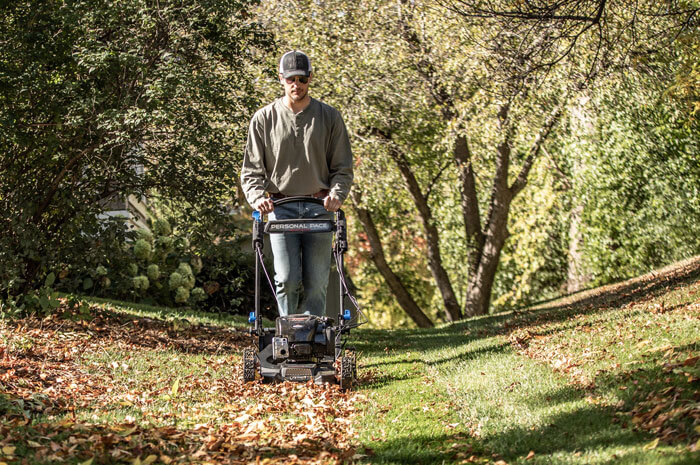
Why Overseed?
Warm-season grasses have a major drawback for homeowners—their color disappears when winter arrives! To have green grass in winter, some southerners overseed their lawns using cool-season grasses, such as fine fescue, bluegrass, or ryegrass.
How Does It Work?
These annual cool-season grasses find a hospitable habitat among the dormant southern grasses and then die off with the return of warm weather in the spring.
What Are the Benefits?
Aside from improved aesthetics, overseeding also helps prevent the establishment of winter weeds. However, overseeding may also slow your permanent turf’s spring green-up.
Steps To Overseeding:
- Wait until daytime temperatures get down to the low to mid 70s in degrees Fahrenheit and your permanent lawn grass is dormant.
- Rake off any debris, mow the lawn closely, and dethatch if needed.
- Using a spreader, sow half your seed in one direction and the other half at a right angle to the first direction.
- Rake the lawn briskly to help move the seed down to the soil.
- Water lightly and continue to water daily until the seedlings are well established.
- Maintaining the grass over the winter will require monthly feedings of fertilizer.
- Once spring approaches, stop fertilizing, water only infrequently, and mow closely until the permanent grass resumes growth.



